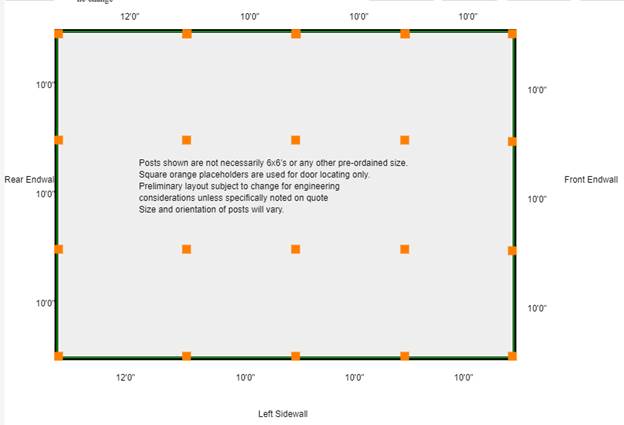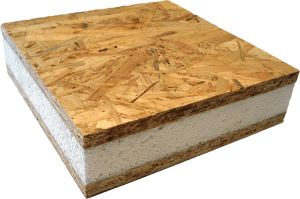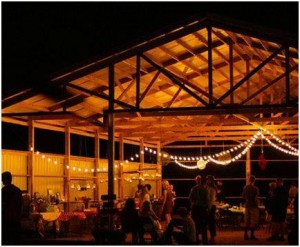For daily readers of my blog, you will remember Hansen Buildings’ Senior Building Designer, Rick Carr was a guest blogger March 21 and 22nd. He led us through his thought process in planning for his new pole barn cabin.
Here is Part III in Rick’s pole barn cabin plans:
I have made some design changes after talking with the Building Inspector and for other reasons.
After talking to the Building inspector to confirm the Design Criteria for my location and consulting with Eric, co-owner of Hansen Buildings, several changes to the design criteria needed to be made. First I needed to increase the wind speed to 116; the wind exposure to “C”; the frost depth to 48”; change the Thermal Factor to 1 and check the box for a Conditioned Building. An additional entry door will also be needed for egress of a residential building.

Next, I looked at the sizing of the columns and the bookshelf style wall girts. “IP”, Hansen Buildings proprietary Instant Pricing program, indicated that the columns will be 3 ply 2×8 glu-laminated columns and that 2×10’s would be used for the sidewalls and 2×8’s for the endwalls. This is both good and bad. The good is that the 2×10’s will provide a 9.5” cavity to allow for great insulation and the bad is that the increased wall thickness encroaches on the inside space. The additional door also takes up some wall space. I have heard Mike, Judy and Eric say many times that when you get a building, you are buying the four corners and then you should place them as far apart as your space and budget will allow. For these reasons, I added two feet to both the width and the length to 30×42 feet.

The 42 foot length also makes sense with the internal floor plan that I have planned. I plan to have one bay on the end of the building be a 12 foot bay and that the bedrooms will be in that bay. I intend to run a ceiling joist between the trusses in the first 12 foot bay creating an antic space over that bay, which will need ridge vent and blown in insulation over the ceiling. At forty feet and one 12 foot bay, the result would have been two 10 foot bays and one 8 foot bay. Adding the two feet to the length makes for one 12 foot bay and three 10 foot bays. Same number of posts and trusses. I want the remaining three bays to be a vaulted ceiling so the trusses over these three bays need to be designed for the drywall ceiling to be run on the underside of the roof purlins. The trusses will be exposed to the inside main room. I intend to have closed cell spray foam insulation sprayed on the underside of the roof steel. IP indicates that the roof purlins will be 2×10’s and 2×8’s, which will allow for great insulation r values.

I intend to extend the interior wall between the main room and the bedrooms up the side of the truss to separate the unheated attic space from the vaulted ceiling area. This internal wall will need to be insulated as if it were an outside wall. The interior wall on the other end of the building will also extend up the inside of the endwall truss. These higher walls will make for great places for the three 10 – 12 point deer mounts that are currently hanging in my garage.
Thanks, Mike for your sound advice as I worked through the planning of my pole barn cabin. I can’t wait for Spring so I can get started!








